How to Avoid Sending Spoiled or Mouldy Fruits
10/28/2025
To help you reduce these issues, here's a guide on how to properly store, pack, and ship fruits to maintain freshness and quality.
Check Fruit Quality Before Sending
- Signs of spoilage: Soft spots, bruising, mould, or leaking
- Correct ripeness: Avoid overripe fruits that may spoil in transit
Store Fruits Properly Before Packing
- Room-temperature fruits (e.g. mango, orange, papaya): Store in a cool, dry, well-ventilated area, away from sunlight
- Refrigerated fruits (e.g. lychee, grapes, berries): Keep chilled at a consistent low temperature before packing
- Store apples and bananas away from other fruits. They release gas that can cause other fruits to ripen too quickly.
Choose the Right Box Size
| Box Size | Recommended Max Weight |
S+ | 5kg |
M | 8kg |
M+ | 10kg |
L | 15kg |
XL | 20kg |
Use the Right Packing Materials
Refrigerated and Delicate Fruits
Examples: Cherry, blueberry, lychee, grape, strawberryOuter Packaging: Insulated carton or sealed polystyrene box, inside a five-layer paper box
Fruit Packaging: Blister tray or clear vacuum bag
Filler Materials:
- Bubble wrap or EPE foam around sides and base
- At least 2 dry ice & 2 absorbent bags
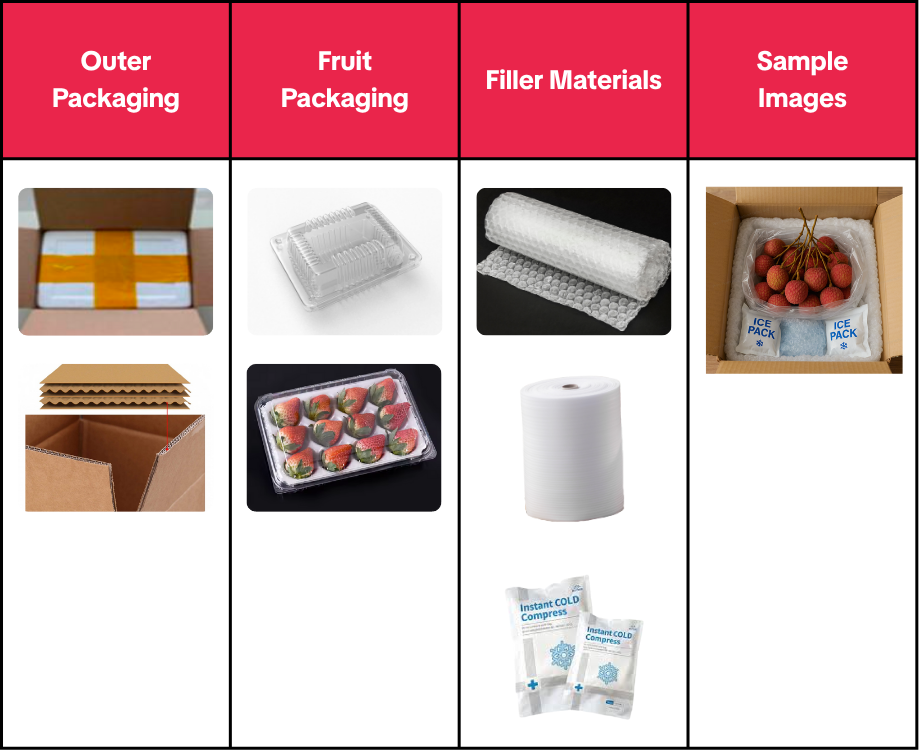
Soft-Peel, Small Fruits
Examples: Longan, mangosteen, rambutan, long kong, plumOuter Packaging: Five-layer paper box with ventilation holes
Fruit Packaging: Blister tray, clear vacuum bag, netting, foam sleeves, or foam dividers
Filler Materials: Bubble wrap or normal EPE foam to fill gaps

Soft-Peel, Medium or Large Fruits
Examples: Avocado, mango, passion fruit, guava, tamarind, orange, apple, dragon fruit, pomegranate, salak, pomelo, pineapple, cantaloupe, honeydew melon, watermelon, papayaOuter Packaging: Five-layer paper box, size based on weight
Fruit Packaging: Netting, foam sleeves, or foam dividers
Filler Materials: Bubble wrap or normal EPE foam to fill gaps

Hard-Peel Fruits
Examples: Durian, coconutOuter Packaging: Reinforced five-layer paper box
Fruit Packaging: No individual fruit wrap needed
Filler Materials:
- Thick EPE foam or cardboard bracing to prevent movement.
- Use padding to ensure the durian spikes do not pierce the box or cause collapse.
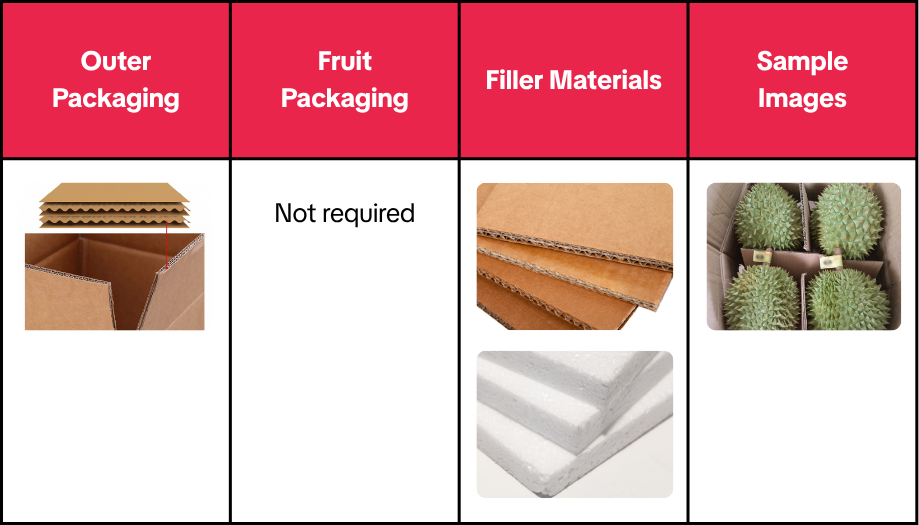
Avoid These Common Packing Mistakes
- ❌ Mixing different types of fruits in one parcel
- ❌ Packing more than 4 large fruits in one box
- ❌ Using oversized boxes without proper fillers
- ❌ Missing or incorrect cooling packs for chilled fruits
- ❌ Letting durian spikes damage the box due to poor padding
Prepare Fruits for Delivery
- Hard boxes to prevent collapse
- Foam wraps for soft-skinned fruits
- Plastic bags, ice packs, and absorbent bags for moisture control
Avoid Violations with Better Packing and Delivery
- Product warning or permanent listing deactivation
- Reduced visibility in search results or recommendations
- Livestream restrictions
- Order volume limits
- Shop suspension for repeated or serious violations
You may also be interested in
- 1 lesson
Store Rating
Learn more about Store Rating, how it is calculated & how to maintain a good rating for your TikTok…
- 1 lesson
TikTok Shop Seller Performance Management (Video)
Overview of the Seller Performance Evaluation Policy
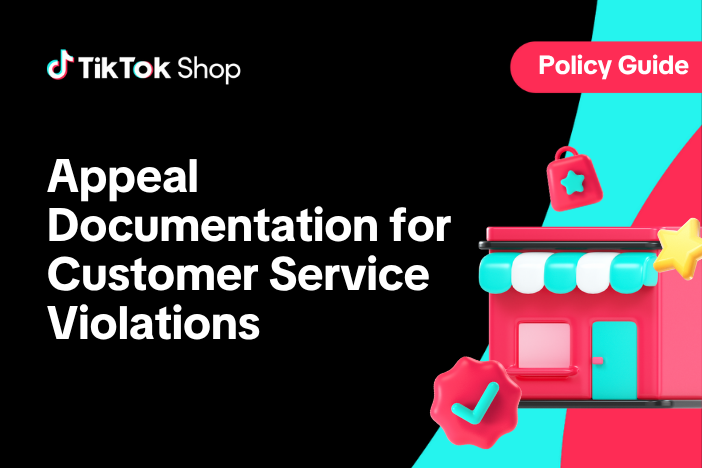
Appeal Documentation for Customer Service Violations
If you receive a notice or warning of infringement and believe we made an error, you may appeal or d…

Negative Review Rates (NRR)
What are Negative Reviews? Negative Reviews are ratings of 1-2 stars on the product rating system (a…

Seller Appeal Guidelines
Where Can I Appeal against my Violation? If you receive a notice or warning of infringement and beli…

TikTok Shop Seller Performance Evaluation Policy
1. Overview This Seller Performance Evaluation Policy (hereafter referred to as "this Policy") deta…

Find out Shop Disciplinary Records
Overview • a. You can learn about shop risk level through the dashboard • b. You can understand…
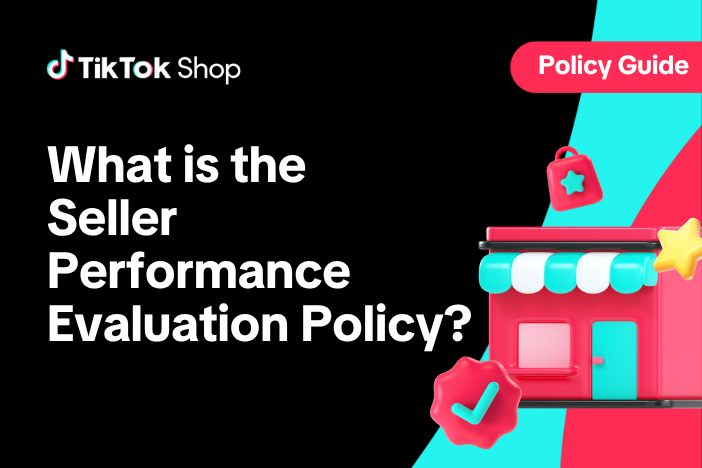
What is the TikTok Shop Seller Performance Evaluation Policy…
TikTok Shop Seller Performance Evaluation At TikTok Shop, we value safety, diversity, inclusiveness,…
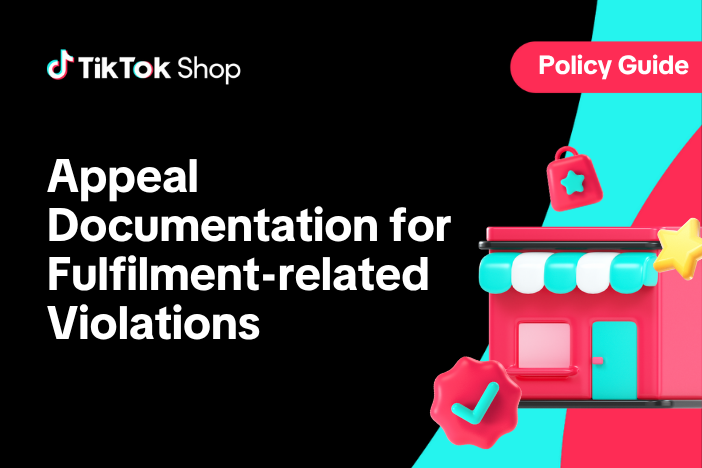
Appeal Documentation for Fulfilment-related Violations
We recognize that situations can arise where you are unable to ship out your orders in time. We will…

Campaign Season Policy Tips & Tricks for Sellers
Looking to boost your sales this campaign season? Follow these quick tips to stay compliant, avoid v…